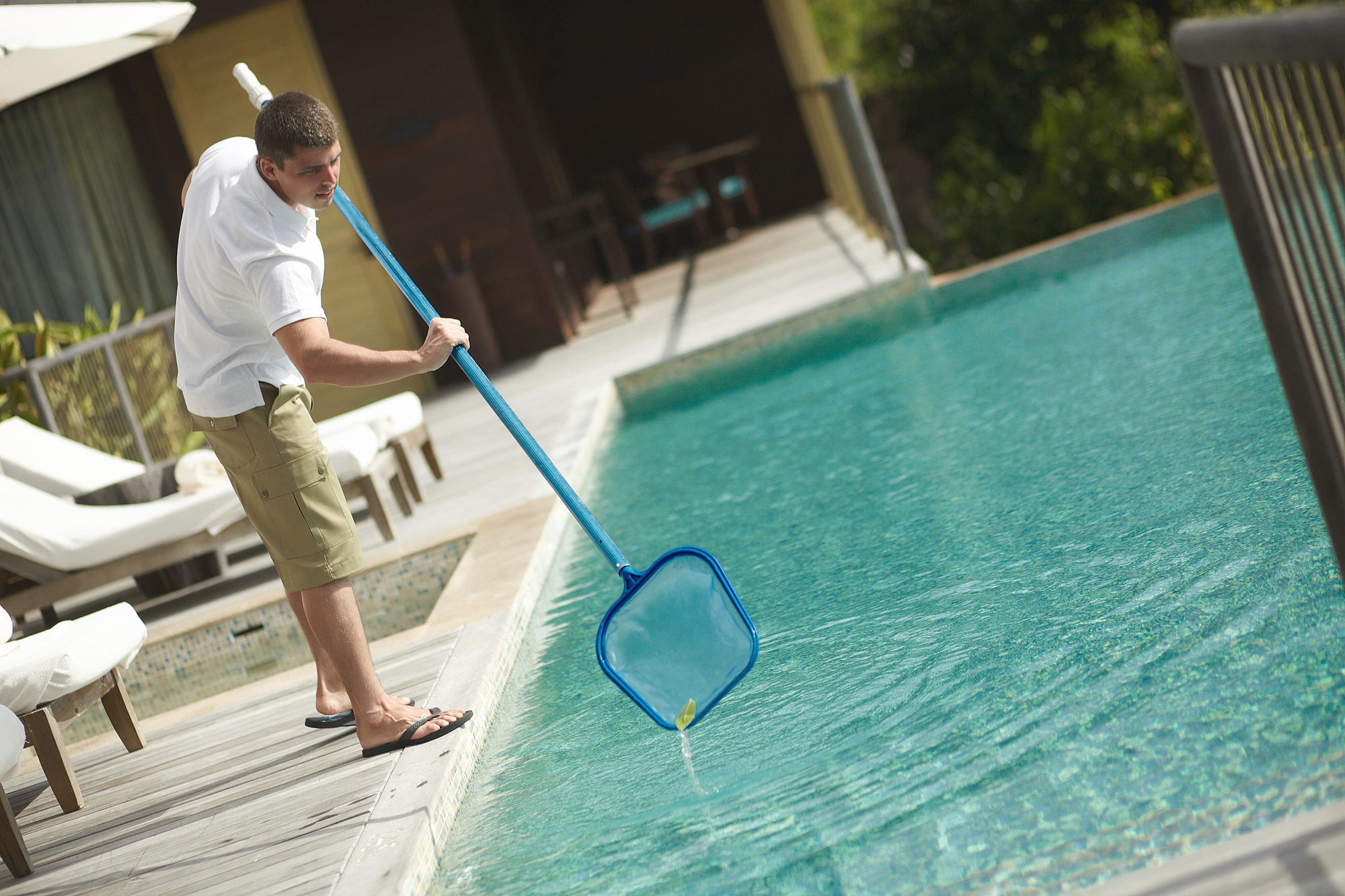
How to Clean a Pool the Right Way
According to the CDC, contaminated pool water has caused more than 493 disease outbreaks. These outbreaks have made more than 27,000 people sick.
So the next time you skip cleaning your pool, remember that contaminated water can make your family and guests seriously ill. And the longer you leave it, the more likely you’ll have to spend hundreds of dollars on professional cleaning.
But don’t worry, because learning how to clean a pool the right way is easier than you think.
Below, we’ll cover the best methods for pool cleaning so you can have a sparkling and safe pool ready for you and your guests to enjoy!
Remove Surface Debris
The first step in learning how to clean a pool is to remove any surface debris. This can be leaves, twigs, bugs, and anything else that may have fallen into the water.
You can use a net or skimmer to remove larger debris. Remember that debris like bugs and pollen float for a few hours before sinking to the bottom, so make sure to clean any debris as soon as you see it.
For oily substances like sunscreen and makeup, one of the simplest pool cleaning methods is to use a tennis ball to absorb them.
A pool cover can keep debris like leaves out of your pool while reducing the water’s exposure to sunlight, which lessens algae growth. The best pool cover will cover your pool completely (and can even extend a few inches beyond the sides).
Clean Your Pool Weekly
So how often should you clean a pool?
The best way to clean a pool is to do it on a weekly basis. This will ensure that the water is clean and safe for swimming. You’ll also have less grime to deal with every week.
If you have a lot of people using your pool, you may need to clean it more often. This is especially true if there are young children or animals using the pool.
Use a brush and pole to clean the pool walls, tiles, and steps. This decreases algae and mineral buildup.
Finish your cleaning with a good-quality pool vacuum, and you’re good to go!
Check the Chemical Balance
If your pool is dirty, the culprit might be the pH balance of the water. You’ll want to check your pool’s pH balance twice a week during the summertime.
The ideal range for your pool’s pH is 7.4-7.6. For chlorine, make sure it’s 1-3 ppm. You can test the pH level with pool test strips, which you can find at your local pool supply store.
To lower your pool’s pH, you can add alkalis like baking soda. To raise the PH, you can add acids like muriatic acid.
Now You Know How to Clean a Pool
Learning how to clean a pool is an important skill for any homeowner. Not only does it make your pool look nicer, but it also helps to keep everyone safe and healthy.
By following the tips in this guide, you’ll be on your way to having a sparkling clean pool that everyone can enjoy!
And for more helpful tips and tricks, be sure to check out the rest of our site!
